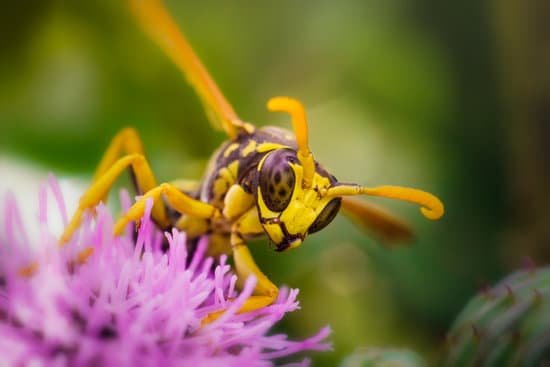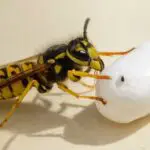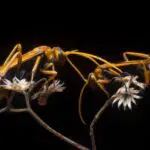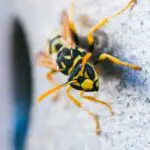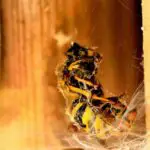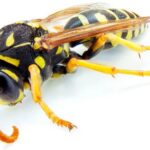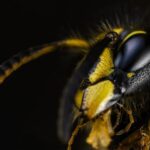How Do Wasps Help Figs Grow?
Figs have been around for millions of years. They are complex flowers, and there are thousands of species. They are a popular food, and they are also used to make preserves and baked into cookies. They are an ode to nature, and there are a lot of secrets in their evolution.
There are two types of figs. One type, called a wild fig, is inedible. The other, called a supermarket fig, is not pollinated by wasps. It is usually sprayed with hormones to ripen. In the U.S., most figs are self-pollinating.
The pollination process is complicated. It starts with a female fig wasp, who enters an unripe male fig. She then leaves the fruit, carrying pollen with her. The pollen fertilizes the ovaries of the fig.
The female fig wasp then goes on to lay eggs in the fruit. These eggs hatch into larvae, which eat pollinator larvae. The larvae then turn into wasps. These wasps are smaller than the female. They eat their way through the fruit, and create exit paths for their siblings. Then, the wasps die. They are broken down by an enzyme called ficin.
The female fig wasp is a tiny creature, just a few millimeters long. It has short spines on its underside. It also has an enticing scent. When it’s ready for pollination, it emits a sultry fragrance. She then searches for a new fig tree. Depending on the species, figs are either self-pollinating or they need pollination to ripen.
